Ffynnon Fair (St. Mary’s Well), Llwyn-y-pia
Ffynnon Fair is a holy well situated outside the village of Llwyn-y-pia. The well is the oldest recorded Christian site in the Rhondda. Some historians date the site back further, and it could be pagan in origin. The water from the well is reputed to cure ailments, especially rheumatism and poor eyesight. Rhisiart ap Rhys wrote:

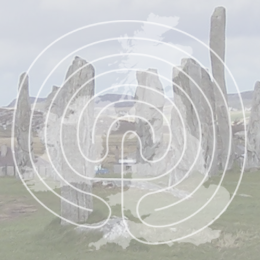
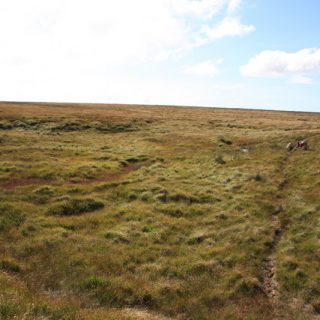
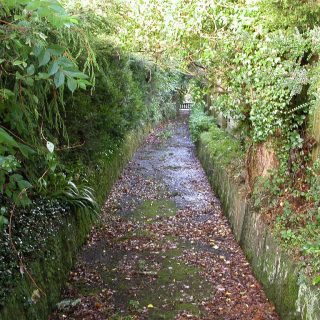
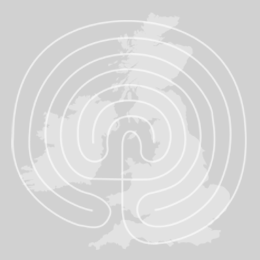
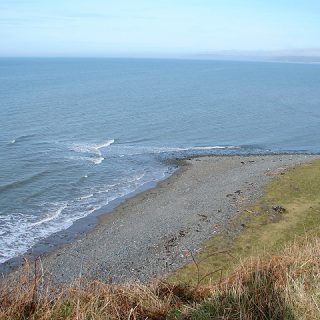
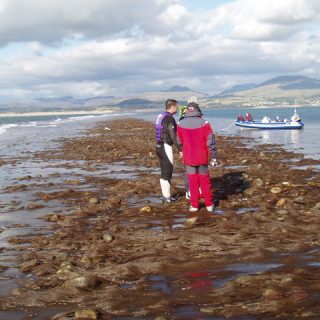
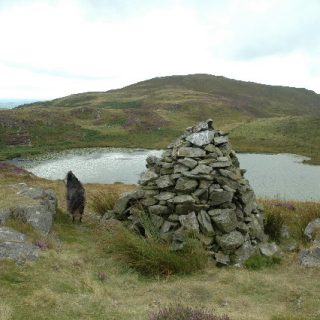
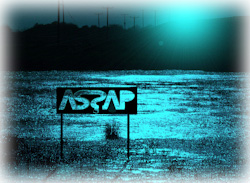
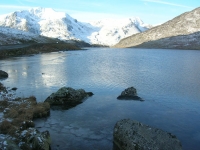
Recent Comments